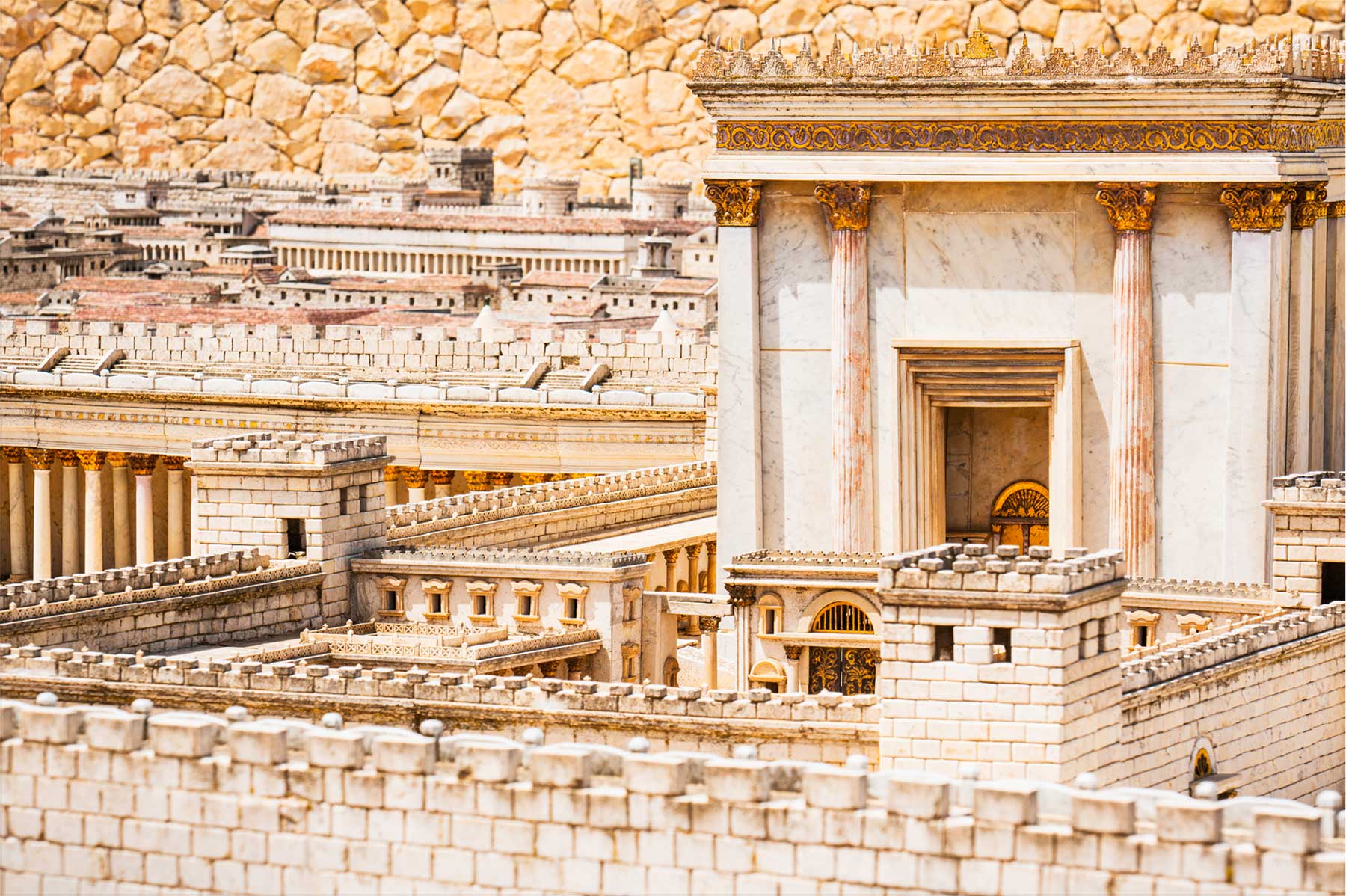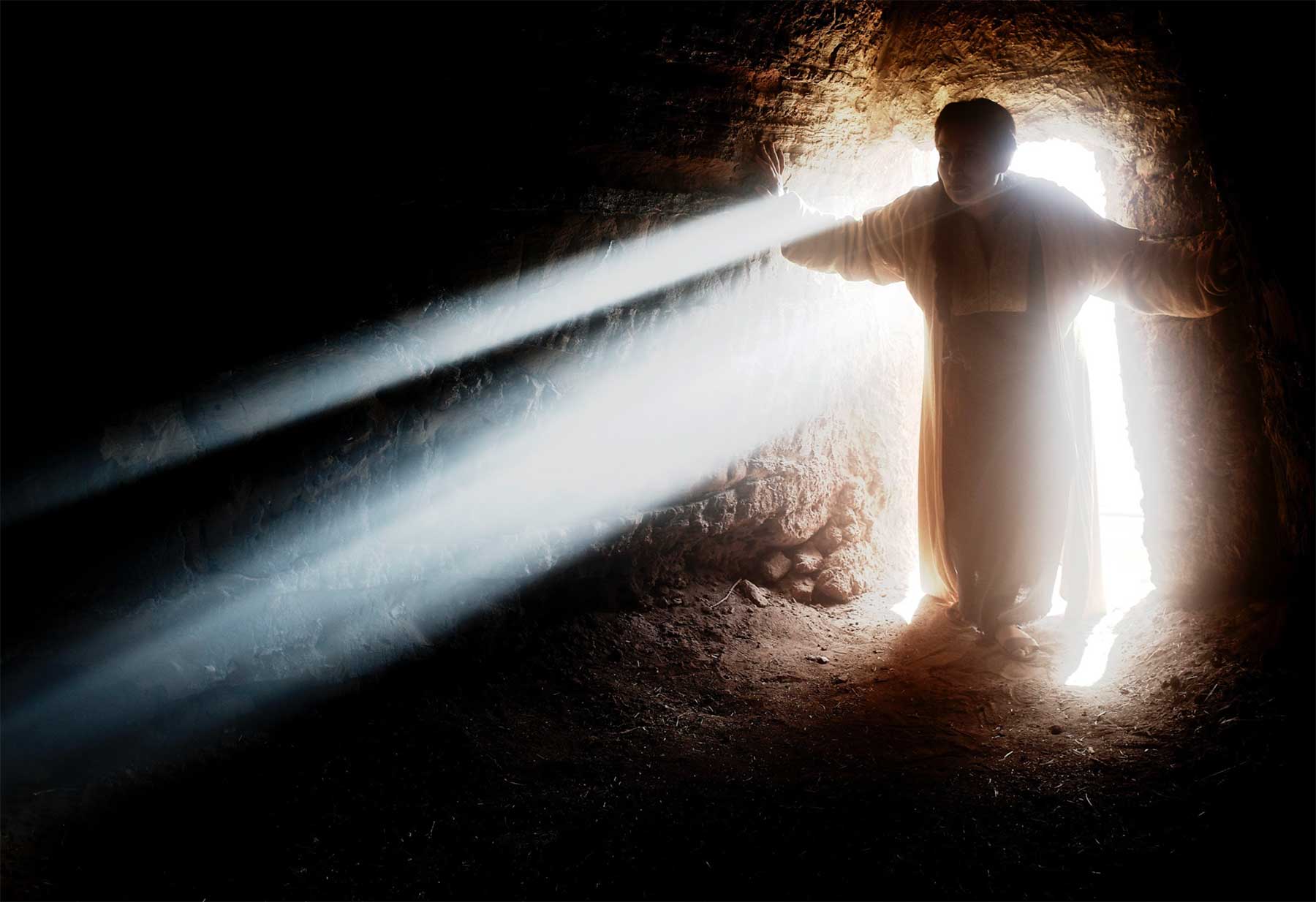
The Revelation of Jesus Christ
The Prologue
In Revelation 1:1, the line of authority is clear.
The author is John but the content of the book is from Jesus, rather than the human prophet.
While the symbols reflect the apostle’s world, Jesus chose them.
The Book of Revelation is not John’s own idea. He received these things in a vision from Jesus Christ.
His authority, therefore, is like that of the Old Testament prophets, as well as the apostles of the New Testament.
The “words of this prophecy”are to be obeyed (See Revelation 1:3)
Their authority is so unquestionable that not a word is to be added or subtracted (see Revelation 22:18,19).
John sets the direction for the whole book as being a revelation of Jesus Christ. This fact should guide all readers to keep in mind that this book is not in the first place about future political events or battles.
The central issues will revolve around:
- Salvation as found in Jesus Christ,
- His true followers and
- All those who would oppose them.
The original Greek word translated “Revelation” is “apocalypse,” which means to take a covering off something, like removing a lid from a pot.
If correctly understood, all that follows in Revelation should help those who read and hear its words see and understand Jesus in a way that was not possible before.
Because Jesus came to earth, died and has risen from the dead, we find Jesus Christ revealed differently in Revelation from the gospels.
In the gospels, He is mostly walking around dressed like the people around Him.

A Vision of Jesus
Read Revelation 1:12-18
In Revelation the emphasis is on messages coming from Jesus—who is in heaven—to encourage His church on earth.
John uses imagery from the Old Testament sanctuary to show Jesus in the Holy Place of the sanctuary. The work of the priests was to keep the lamps burning brightly. So Jesus, our High Priest, is there to keep the light of the church alive. It is a message of encouragement for us all.
In the ancient Roman world, the seven- branched menorah (ceremonial candle holder) was the most common symbol for Judaism, just as the fish and the cross later became symbols of the Christian faith.
The appearance of Jesus on Patmos was dazzling. John collapsed with astonishment at the sight of Him (see Revelation 1:17).
Jesus wasn’t anything like the ordinary human being John had known back in Galilee.
John’s description of Jesus in these verses is similar to the angel of Daniel 10.
But He is more than that. He also bears the characteristics of God.
The hair like wool, the comparison with snow and the flaming fire are characteristics of the Ancient of Days Himself in Daniel 7:9.
When Jesus calls Himself the first and the last (see Revelation 1:17–18), it is obvious He comes to John as the God of the Old Testament (see Isaiah 44:6, 48:12).
Read Revelation 1:9
John was on the island of Patmos, a small, barren island just off the coast of Asia Minor, when he received God’s messages.
Discussion Point:
What do the opening words in Revelation 1:1 tell us about the rest of the book?

Jesus Christ as the “star” of Revelation sets the scene for all that follows in the rest of the book.
Notice the promise He makes to those who follow Him faithfully:
“I am the Living One; I was dead, and behold I am alive for ever and ever! And I hold the keys of death and Hades” (Revelation 1:18 emphasis added).
Scholars have noticed a surprising thing in this text.
We find similarities between the description of Jesus here and the greatest, most popular goddess of Asia Minor, called Hekate.
Hekate was renowned as the one who possessed the keys to Hades, the mythological realm of the dead.
The ancients called her trimorphos, which is having three different forms or shapes related to the three great parts of the universe: heaven, earth, and the underworld (Hades).
In her heavenly form, she went by the name Selene or Luna (the moon), Greek and Latin respectively. On earth, she was called Artemis or Diana (in Acts 19).
In the underworld, the Greeks referred to her as Persephone.
She was also known as “the beginning and the end” (see Revelation 22:13).
As the one who moves freely between heaven, earth and the underworld, Hekate was the goddess of revelation.
She could reveal on earth the things that went on in heaven and in Hades.
As the holder of the keys to Hades she was also seen to be the one who could provide salvation.
Why would Jesus refer to Himself in ways that so strikingly resemble a pagan goddess?
God always meets people where they are.
In Revelation 1:18, Jesus declares that He was once put to death and is now alive.
The Bible declares that when He rose from the dead He conquered death, and because He lives, those who follow Him will also conquer death and live with Him forever.
God always meets people where they are.


Comparing the size of Israel vs the size of Australia | Olga Turkas | Getty Images
Who was Jesus Christ?
Was He a real person in history or just a legend?
The essential question is: “Was He a real person in history? Maybe, like Hercules, He was only a legend.”
Perhaps first we need to ask: “Do we believe there was ever a person called Alexander the Great? How do we know? Have we ever seen him?”
The answer is obvious: we rely on the written records of those who did see him.
In fact, if we take him out of history, we leave a significant hole in history.
In the same way, we rely primarily on those who saw Jesus to tell us about Him.
If He did not exist, how do we account for the sudden rise of the Christian church in the tiny land of Palestine where He lived?
If He was not a real person, how do we explain such a large movement suddenly coming on the scene in the first century?
The answer must be given this way: the greatest evidence that can be produced that Jesus Christ was a real person in history is the sudden rise of the Christian church in Palestine in the first century AD.
Josephus wrote:
“Now there arose about this time a source of further trouble in one Jesus, a wise man who performed surprising works, a teacher of men who gladly welcome strange things. He led away many Jews, and also many of the Gentiles.
He was the so-called Christ. When Pilate, acting on information supplied by the chief men among us, condemned him to the cross, those who had attached themselves to him at first did not cease to cause trouble, and the tribe of Christians, which has taken this name from him, is not extinct even today.”
(Josephus, Antiquities 18. 63-64 as edited by F. F. Bruce in his book Jesus and Christian Origins Outside the New Testament, page 39)
This statement is important.
It shows the early church believed Jesus to be the long- awaited Messiah and they understood He had been raised back to life.
Critics of the Christian faith today often try to argue that the essential story of Jesus as recorded in the gospels was added by the church in later centuries.
Obviously, Josephus himself did not believe these things; otherwise he may have become a Christian.
But the fact he did not believe these things makes his testimony even more powerful. He is merely reporting what Christians believed.
Josephus also gives details on the lives of Herod and John the Baptist.
These details fit well with the biblical accounts of the lives of these men.
The Roman historians, Tacitus and Pliny, also supplied details of the life of Jesus as they noticed the Christian faith spreading across the Empire.
They recorded that He taught in Galilee in the time of Herod Antipas, and died in Judea following accusations of Caiaphas the High Priest before the Roman governor Pilate.
They recorded how also His movement spread toward the west, even to Rome itself.
The life of Jesus was not embellished by the church over the centuries, giving us the story. recorded in the gospels just as we have today.
In Luke 1:1–3, we also see evidence of this as Luke had access to these written accounts.
Josephus, an aristocratic Jew born 37 AD and raised in Jerusalem, was aware of the “Nazarene sect”—as critics called the early Christians.

Did Jesus Really Rise from the Dead?
What evidence do we have?
The fact that Jesus was put to death is not disputed by any sources from the first century. It was a public event.
But history has no record of early Christians worshipping at His tomb, as was the usual custom of the Jews when a holy man died.
No-one worshipped at Jesus’ tomb because it was empty.
So this being the situation, we might well ask,
“Who had the body of Jesus?”
The Jews could not get hold of it.
If they had been able to reveal Jesus’ body, they would have stamped out Christianity before it began to spread.
Did the disciples have the body? If they did, their behaviour was strange. They began to teach honesty and faithfulness to what was true, all the while being themselves hypocrites.
Many of them died a martyr’s death, yet not one denied the fact they believed they had seen Him alive.
If Jesus did not exist and rise from the dead, we cannot explain the sudden change in Jesus’ followers and the rise of Christianity in the first century.
Revelation 1:5 & 6 describes our relationship to Jesus —“He has freed us from our sins by His blood.”
Verses 19 & 20 are presented in this first chapter to tell us again what the rest of Revelation is presenting:
But this man’s name continues to grow in influence as people claim his teachings give hope, meaning and purpose to their lives.
Why is this?
“Write … what you have seen, what is now and what will take place later.”
Essentially, it consists of a series of messages enter given to John from Jesus to deliver to His church.
He writes what he has seen in vision, which involves things that existed in the churches addressed at that time but also shows what will happen in the future.
These messages are meant to encourage the church that, although difficult times will come, Jesus has warned us in advance and if we stay close to Him and trust Him, He will always be with us and help us through.
Knowledge of this will be of great comfort to the church: Jesus understands what is going on, and offers counsels of encouragement and promises to us if we are faithful.

Isn’t this Worth Considering?
About 2,000 years ago, a man was born to parents who were peasants in a tiny land smaller than Tasmania, Australia.
He never received any formal education or travelled outside of this country except once when, as a baby, he was taken to Egypt to escape from those who wished to kill him.
His early years were spent working as a carpenter in His father’s workshop. He possessed neither wealth nor influence among the leaders of his generation.
Most of what we know about this man covers just a few weeks of his life. Those who have chosen to write about him spend most of their time dealing with the way he died.
He died the cruel death of a common criminal, while being despised by the mob watching and forsaken by his friends.
History consistently demonstrates all knowledge and memory of his life should have perished with the generation of that time.
However, history has shown quite the opposite.
While it is true many of his followers have frequently represented him and his teachings poorly, where his teachings are faithfully followed, the world becomes a better place in which to live.
For example, he brought to our notice the golden rule regarding how to live:
“Do to others as you would have them do to you.” (see Matthew 7:12)
At the same time, He also warns us in verse 36: “no-one knows about that day or hour.”
This teaching has helped to:
- Elevate the way women and children are regarded
- Create places of care for orphans, the homeless and the helpless
- Abolish slavery and inhumane practices
- Bring hospitals and medical assistance to poorer countries.
He never practised medicine yet his teachings, when taken seriously, have helped millions cope with the pressures of life by his assurance God loves and cares for them.
He never raised an army; yet throughout the centuries, he has inspired millions of all nationalities, races and levels of education to surrender their lives and future to him without a single shot being fired.
Just before he died he said: “Heaven and earth will pass away but my words will never pass away” (Matthew 24:35).
Today, we can see the truthfulness of his words.
The names of great philosophers, scientists and politicians of the past have come and yet faded into obscurity.
He taught us to forgive our enemies and not hold onto grudges (see Matthew 18:21–35).
What would our world be like if more people chose to follow his teachings?

He never practised medicine yet his teachings, when taken seriously, have helped millions cope with the pressures of life by his assurance God loves and cares for them.
He never raised an army; yet throughout the centuries, he has inspired millions of all nationalities, races and levels of education to surrender their lives and future to him without a single shot being fired.
Just before he died he said:
“Heaven and earth will pass away but my words will never pass away” (Matthew 24:35).
Today, we can see the truthfulness of his words.
The names of great philosophers, scientists and politicians of the past have come and yet faded into obscurity.
But this man’s name continues to grow in influence as people claim his teachings give hope, meaning and purpose to their lives.
Why is this?

“Heaven and earth will pass away but my words will never pass away” (Matthew 24:35).
For a little more……..
